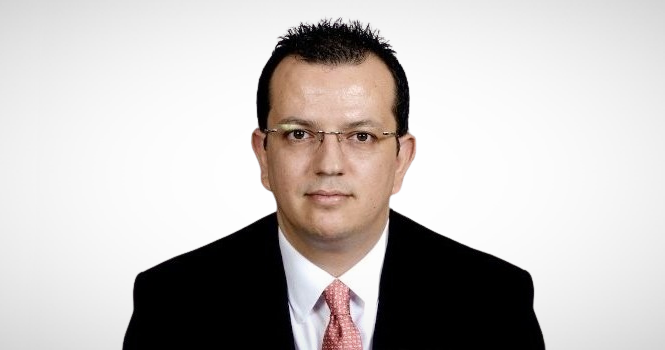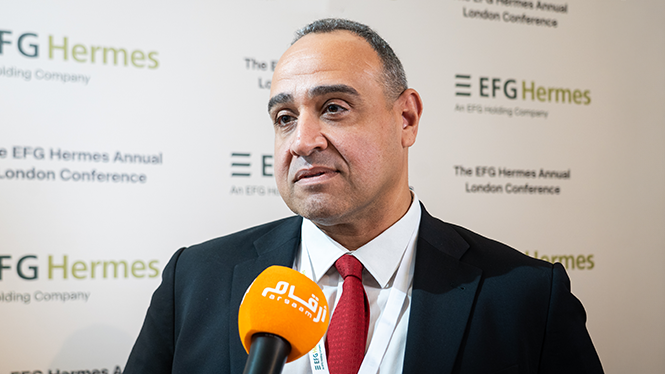The Saudi capital market is experiencing a growing pace of sukuk and debt issuances since the start of 2025, as more banks and corporations move to diversify their funding sources away from traditional bank loans, while leveraging a favorable pricing window and richer expansion mandates.
This year, a number of corporations announced a range of local and international sukuk issuances. In TASI, offerings by Saudi Aramco, Almarai, Dar Al Arkan, Maaden, and Saudi Electricity were the most notable, while iOud, Molan, and Rawasi Albina were among the Nomu-listed companies.
Saudi banks also topped the list of pivotal debt offerings in the local market this year. This included successive Tier 1 and Tier 2 issuances by banks such as Al Rajhi Bank, Alinma Bank, SAB, Bank Albilad, SNB, Bank AlJazira, ANB, and Riyad Bank, all either SAR- or USD-denominated.

In an interview with Argaam, Mohamed Damak, Senior Credit Analyst at Standard & Poor’s, said total issuances of debt instruments by financial institutions in Saudi Arabia reached $9.4 billion by the end of August 2025, compared to $5.3 billion during the same period last year — an increase of almost 77%.
Additional Tier 1 (AT1) sukuk, according to the senior analyst, made up $4.2 billion of that total, compared to $2 billion in the same period of 2024. He added that this reflected the growing momentum and banks’ clear strategy towards strengthening their financial solvency.
Damak also indicated that the strong loan growth, which rose on annual basis to 15.6% as of June 2025, outpaced deposit growth of 13.6%, leading to a funding gap that forces banks to bridge it through debt instruments, either via syndicated loans or sukuk issuances locally and internationally.

On his part, Ahmed Shams El Din, Head of Research at EFG Hermes, said that Saudi banks have reached the maximum reliance on deposits to finance growth. Therefore, they are impelled to tap external funding sources through Tier 1 and Tier 2 debt issuances, which count toward the Saudi Central Bank’s (SAMA) capital adequacy requirements.
Over the past two years, two of Saudi Arabia’s largest banks have been resorting to issuing debt instruments, in the efforts to maintain funding capacity without taking on excessive risks, said Shams El Din, noting that current issuances remain within globally safe capital adequacy ratios.
He also highlighted that banks in Saudi Arabia are gradually moving towards long-term financing while reducing reliance on deposits. Future issuances, executed in both Saudi riyal and US dollar, are projected to constitute non-banking companies, with a likely increase in size in the coming period.
Attractive Pricing and Instrument Diversity
Regarding pricing differentials, Damak highlighted that the cost of issuing AT1 sukuk averaged 6.4%, compared to about 5% for secured USD-denominated sukuk — a spread of 100-140 basis points (bps), amid continued strong investor appetite.
“These issuances are typically oversubscribed, reflecting investors’ confidence in Saudi banks’ creditworthiness as well as the supportive legal and regulatory framework,” he added.
Damak further said that demand for Saudi sukuk remains robust, with notable oversubscriptions, noting that international investors view sukuk as competitive debt instruments in terms of return versus the cost of equity.
Debt instruments are priced at competitive rates, leveraging Saudi Arabia’s stable regulatory environment. Accordingly, this boosts investor confidence and encourages participation in further issuances, he stated.
Difference Between Sukuk Tiers
Damak explained that Tier 1 sukuk have equity-like characteristics, allowing banks to skip periodic distributions if needed to preserve liquidity. This in turn gives these instruments a dual role as both funding and capital sources.
Meanwhile, Tier 2 sukuk are used to support capital adequacy requirements under Basel III and absorb losses only if the bank reaches a state of non-viability, he pointed out.
USD-Denominated Sukuk Issuances Outperform — Minor Gap vs. SAR
Damak said most sukuk issuances in Saudi Arabia are implemented in the US currency due to several factors, mainly international acceptance and access to a broader investor base.
The pricing gap between USD- and SAR-denominated sukuk is limited because of the persisting SAR pegging to the US dollar, making pricing between the two currencies on par while also reducing exchange-rate risks that banks in other countries might face.
“For example, if a bank in Nigeria issues sukuk in dollars while its risk-weighted assets are denominated in naira, a depreciation in the local currency increases the value of the issued capital. However, in Saudi Arabia, this effect does not exist thanks to the fixed exchange rate between the dollar and the Saudi riyal,” he said.
Damak emphasized that currency choice depends on each bank’s position and funding needs, whether targeting domestic or international markets.
He also stressed that the Kingdom is a key pillar of the global Islamic finance market, representing 20-30% of global sukuk issuances over the past five years.
Continuing these issuances helps finance the Saudi Vision 2030 projects and strengthens Saudi Arabia’s position as an international hub for Islamic finance, according to the analyst.
Limited Risks from Expanding External Financing
As for risks related to foreign funding, Damak pointed out that Saudi banks’ net foreign assets turned negative in July 2024, with external liabilities reaching SAR 533 billion by June-end.
However, most of these liabilities are short-term and spread across foreign banks, hence implying no concern, he underlined.
He also stressed that net external debt does not exceed 10% of total loans — a level considered low compared with other countries such as Qatar, where it surpassed 30% amid implementation of World Cup-related projects.
“Saudi banks maintain comfortable liquidity levels, according to LCR indicators,” Damak continued.
A rising trend in Saudi Arabia is the increased use of debt instruments as an effective funding tool for mega projects, said the analyst, adding that the Kingdom’s debt-to-GDP ratio remains among the lowest in emerging markets, giving the government and corporates more room for safe borrowing.
The Saudi market faces no currency risks in the short or medium term, unlike many other emerging markets. The P/E ratio typically reflects the cost of capital, growth, and risk levels specific to each market, according to Damak.
Forecasts on Sukuk Issuances till 2025-End — Possible Rate Cuts Bode Well
Damak expects the momentum in USD-denominated issuances to continue through the end of 2025. This trend is seen backed by banks’ funding needs for the Vision 2030 projects and anticipated US interest rate cuts by 50 bps, which may stimulate global issuance activity.
He added that the local market may witness a relative slowdown in SAR-denominated issuances, as banks focus on financing major government projects and expanding mortgage portfolios.
Meanwhile, Shams El Din forecasts private placements, which currently account for less than 5% of GDP, to grow as an effective tool to attract local and foreign liquidity, particularly given the absence of currency risks.
He clarified that Saudi Arabia’s lower cost of capital compared to other emerging markets, alongside similar market P/E levels, should result in better medium-term growth opportunities, especially for fund investors, which may reflect positively going forward.
Be the first to comment


Comments Analysis: